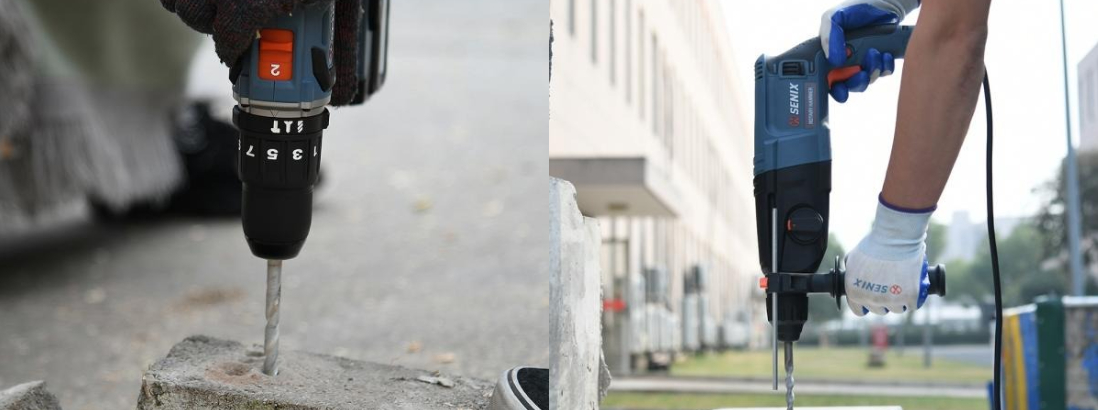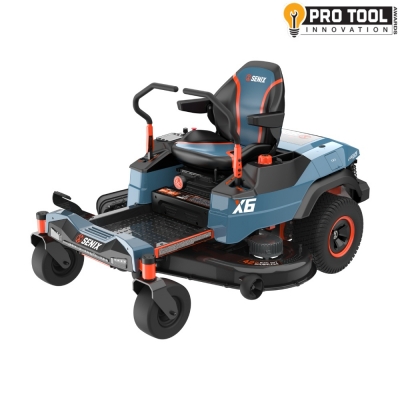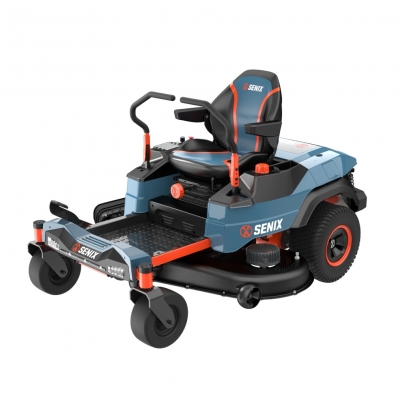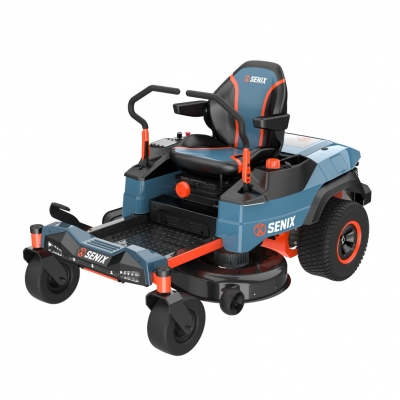Top 10 Drill Safety Tips Every DIYer Should Know
Don’t Let a Drill Derail Your DIY – Here’s How to Stay Safe
If you’ve ever taken on a DIY job—mounting shelves, fixing a fence, or even just hanging art—you’ve probably picked up a cordless drill and assumed, “I got this.” But power tools, even compact 20V ones like the SENIX X2 Series, can cause serious accidents in seconds.
We’ve seen it all: a jammed bit that sent a plank spinning across the garage, or someone rushing to change a bit with the battery still in—just to end up in urgent care.
This guide isn’t just a checklist—it’s built from real experiences to keep you (and your fingers) safe.
1. Wear Proper Safety Gear
Always wear safety goggles to protect your eyes from flying debris and ear protection if you're drilling for extended periods. Gloves and a dust mask may also be needed depending on the material.
2. Inspect the Drill and Bits Before Use
Check for damaged cords, loose parts, or dull drill bits. A worn or broken bit can snap or slip, increasing the risk of injury.
3. Use the Right Drill Bit for the Job
There’s no “one-bit-fits-all.”We’ve seen users drill into concrete with wood bits—and snap them instantly. Match your bit to your material (wood, metal, tile, masonry) and make sure your drill mode and torque match too.

4. Secure Your Workpiece
This is where many beginners slip up—literally.Anna in Oregon was drilling into a 2x4 she held with one hand. The drill caught, the wood spun, and bruised her knuckles for weeks. Always clamp your workpiece. Your hands were made for better things.
5. Drill in a Clean, Well-Lit Area
Ensure your workspace is well-lit and free of clutter. This reduces the chance of tripping over cords or tools while focusing on drilling.
6. Keep Hands Away from the Drill Bit
Maintain a safe distance between your hands and the bit — especially when the drill is running. Never attempt to stabilize the workpiece with your hand alone.
7. Don’t Force the Drill
Let the drill bit do the work. Applying too much pressure can cause the bit to break or bind, which could lead to loss of control.
8. Use the Correct Speed Settings
Match the drill’s speed to your task. Higher speeds are ideal for softer materials, while slower speeds work better for harder materials like metal or masonry.
9. Unplug or Remove Battery When Changing Bits
Always disconnect power before changing bits or making adjustments. This prevents accidental startups that can cause injury.
10. Keep Cords and Batteries in Check
For corded drills, keep the cord clear of the drilling area. For cordless models, ensure the battery is fully charged and securely attached.
Bonus Tip: Are You Mentally Focused?It sounds obvious—until it’s not. Fatigue, rushing, or even background distractions (like drilling while keeping an eye on kids or answering calls) all increase risk. Set aside time when you can focus 100%, even if it’s just 10 minutes.



 (5.0)
(5.0)
